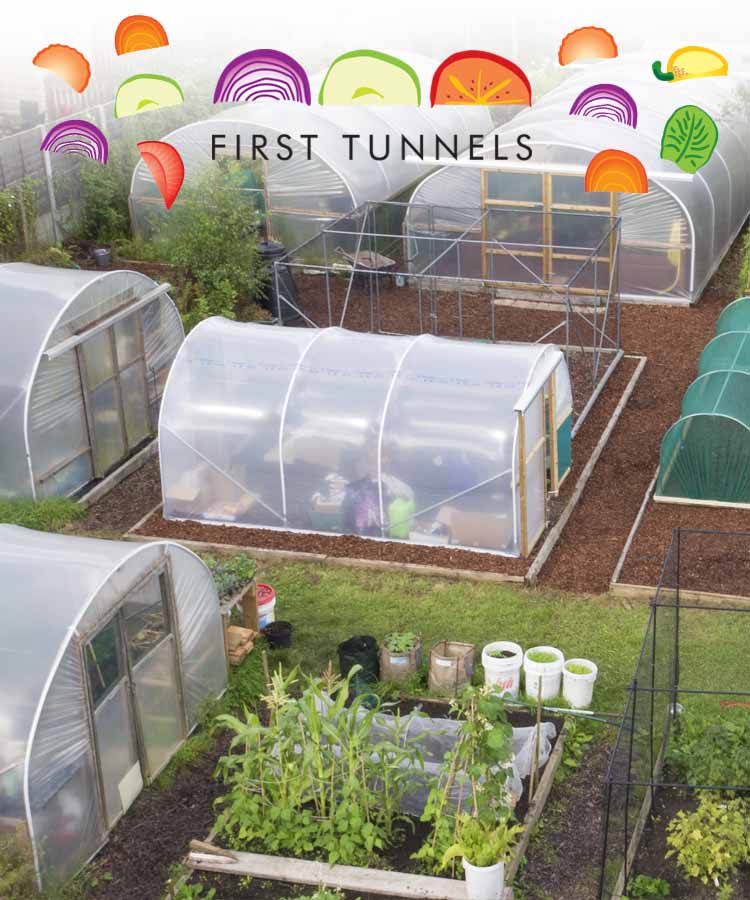Chickens are cool weather creatures and generally speaking, cope better with cold weather than with conditions that are too hot. That said, if the weather in winter is very cold and wet then you may have to take measures to make sure that your charges remain happy and healthy. Keeping chickens warm in winter is important and a polytunnel can come in handy to keep off the worst of the winter chill in cold weather areas.
Moving your chicken's coop into a polytunnel is one way of making sure that the winter weather does not make the interior of the coop too chilly. It can stop their drinking water from freezing and also have the added benefit that the chickens will be able to range over the growing areas, fertilising them, scratching up the soil and predating pests. While the summer sun would quickly make a polytunnel too warm for your feathered friends, the winter sun will warm it just enough to keep them comfortable.
If you experience extremely cold winters where you live, it can also be a good idea to make sure that the coop itself is well insulated. While a polytunnel offers some protection against the cold, if it is unheated generally it will remain only, on average, 3-4 degrees warmer than it is outside during the night. If your coop is not insulated, you may wish to add insulation – recycling packing polystyrene and bubble wrap to cover windows can go a surprisingly long way. Straw bales will also work wonders if you have ready access to them.
The chickens themselves will act as little storage heaters, each generating a not insignificant amount of heat. The roosting hens will generally huddle close together for warmth, fluffing up their feathers and sitting down onto their feet to keep them warm. It is a good idea not to have too large a coop for too few chickens, so there is less space to be heated by their body warmth.
Though chickens will not enjoy being too cold, they can cope with fairly cold temperatures surprisingly well. If you have a chicken who has lost a lot of feathers (when, for example, it has recently been re-homed from a battery farm), extra protection in the form of a woolly jumper or coat may be appreciated – but it is best not to try to dress your chickens warmly in general because this can actually be counter-productive as it can prevent them from fully fluffing their own feathery protection against the cold.
Chickens can survive fine in temperatures that hover around zero – but do be careful to make sure that their drinking water does not freeze, and renew it often. Temperatures for the hens themselves are less of a problem than drafts – so be careful about your ventilation, making sure that you have enough while avoiding chickens roosting in a drafty spot.
If you fancy checking in on your polytunnel chickens and giving them a treat – how about some warm porridge? Oats and water, perhaps with some seeds mixed in, is a favourite and will act like a mini hot water bottle for each hen while sitting in their crops.
We’d like to share Richard Perkins video - It’s about polytunnels in a climate where deep snow and long dark winters are the norm, Richard is a regenerative farmer, that’s farming that actually improves the land and the environment. Not just sustainable but farming that manages and improves the land.
